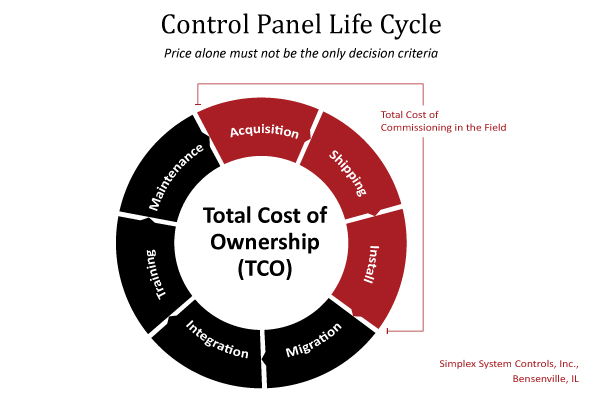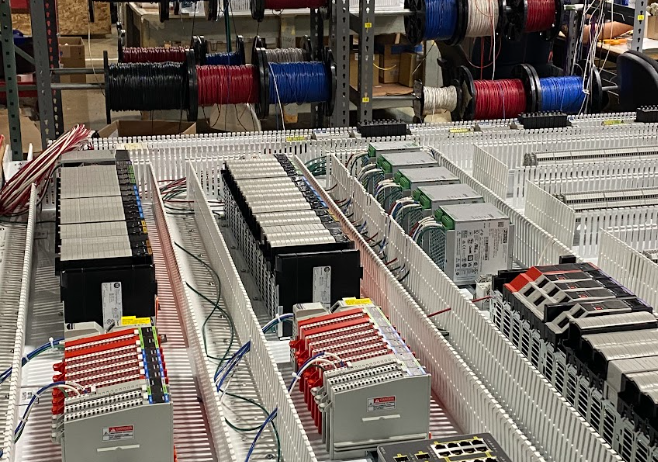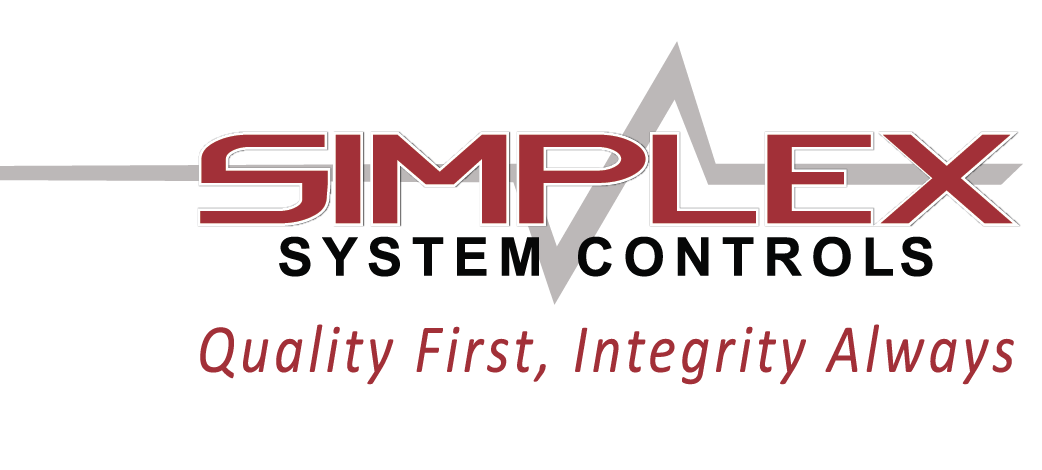Get your copy of Dr. Matthew Litione’s,
Five Essential Steps for Choosing the Right Control Panel
Get Your Copy Now
Five Essential Steps for Choosing the Right Control Panel
Including a Special Offer
Article Written by

Dr. Matthew Liotine, Ph.D.
Innovating enterprises with technology strategy
The University of Illinois at Chicago, Professor
Choosing the right control panel for your manufacturing operation is crucial. Control panels are the nerve center of your facility, managing everything from equipment startups to complex operations. While initial savings on a cheaper panel might seem appealing, the long-term costs of these compromises can far outweigh any short-term financial gains. Make the smart choice for your business’s future – invest in a control panel that will ensure efficiency and reliability. Discover how to make the best decision for your operation in our latest blog post.
Articles of Interest

How to Select a Control Panel that Won’t Let You Down
Selecting a control panel for your manufacturing operation is one of the most important business decisions you’ll make. After all, control panels are the nerve center of your operation – they handle everything from starting equipment to running complex operations...

2025 Outlook: Automation & Talent Powering Manufacturing Success
As we step into 2025, the manufacturing industry continues to change, bringing both challenges and opportunities. At Simplex System Controls, we approach the year optimistically, recognizing the significant role that automation, talent, and strategic partnerships...

Simplex Celebrates Manufacturing Month with Cross-Industry Innovation in Automation
Cross-Industry Automation and Innovation for Control Panels Automation in control panels play a crucial role in optimizing operations, ensuring safety, and enhancing efficiency. Simplex System Controls, the leader in manufacturing of Custom Industrial Electric and...
